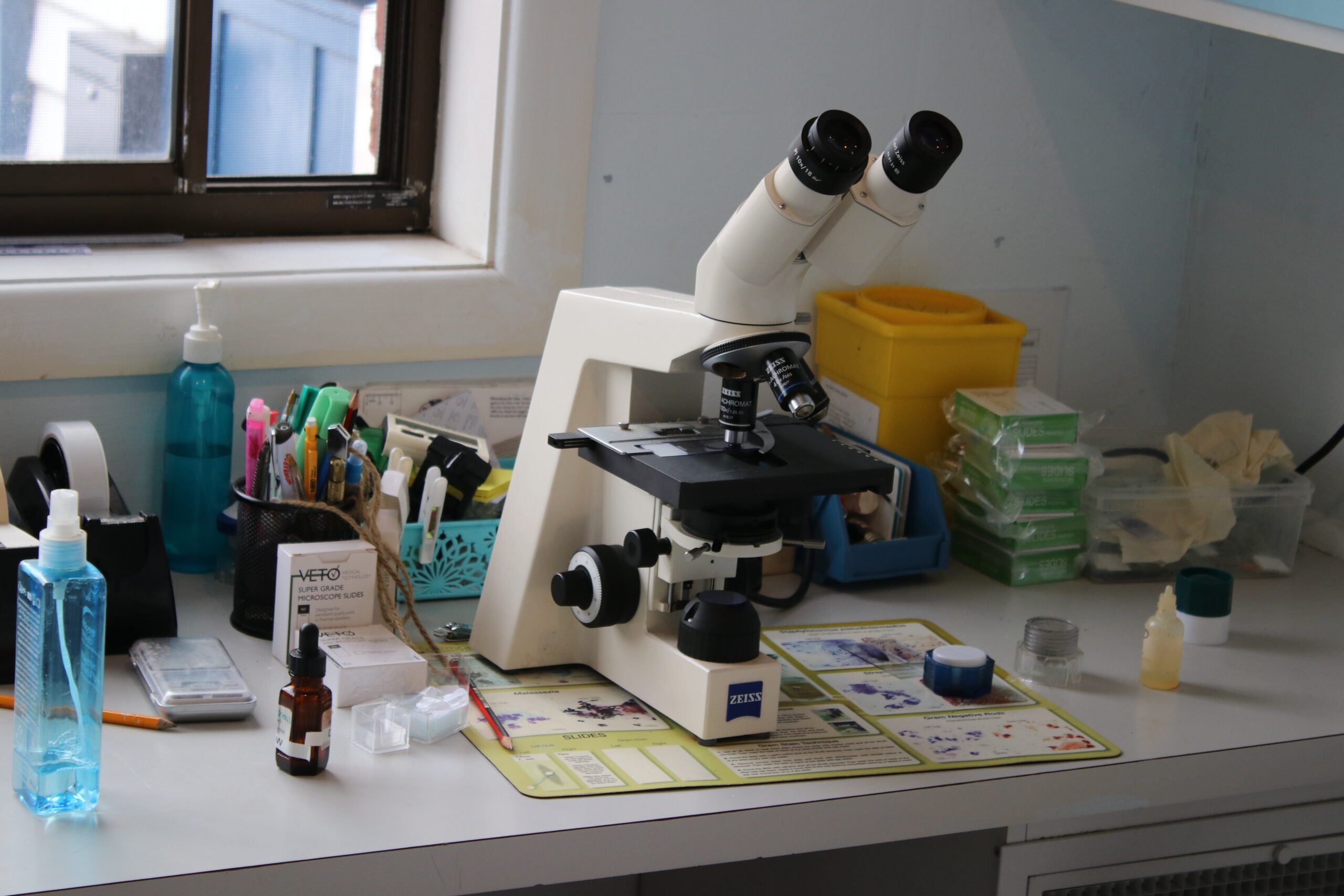Giardia

Treatment and Prevention of Giardia In Birds
What is giardiasis?
Giardiasis is the term for infection with the protozoan Giardia. These are spherical parasites with four flagella at one pole and a single undulating membrane along one length.
Where does Giardia live?
Giardia attach to the intestines of their hosts. They have a motile trophozoite stage and also form cysts that can survive in the environment.
How is giardiasis transmitted?
Infected birds pass Giardia in the faeces. Transmission from one bird to another occurs through ingestion of contaminated water or direct consumption of contaminated faeces. The cyst stage is able to survive even in chlorinated water.
Which species does Giardia affect?
Giardia can affect many species, including humans. Amongst pet birds giardiasis is commonly identified in cockatiels, and sometimes in budgerigars.
What symptoms are associated with giardiasis?
Birds with Giardia infection commonly show the following signs:
- Loose malodorous stools and diarrhoea with lots of mucous
- Weight loss, depression and anorexia
- Feather picking and dry skin on the flank and under the wing (most common signs in cockatiels)
- Poor growth and/or death in young cockatiels and budgerigars
How is Giardia infection diagnosed?
The trophozoite stage of Giardia can be seen on examination of a fresh faecal wet smear. It has a characteristic movement that is progressive with a jerky tumbling motion.
Avian vets at Bird Vet Melbourne recommend examining the faeces to check for Giardia (and other abnormalities) as part of routine screening at well bird checks.
Can giardiasis be treated?
Giardia infection can be treated with nitroimidazole drugs such as metronidazole and ronidazole. It is also important to thoroughly clean the affected birds environment daily to prevent reinfection. Birds with giardiasis often have secondary bacterial infections, so treatment of these may also be required if present. Death can occur in young or severely affected birds.
